As parents, we always look for ways to support our children’s development, especially during those crucial early years. One influential avenue for fostering growth is through the use of learning toys. In this article, we will explore the world of learning toys for 3-year-olds, understand their benefits and features, and how to make informed choices for your child’s playtime.
The Importance of Educational Toys
In the vibrant tapestry of childhood, where laughter mingles with curiosity, educational toys are powerful allies in a child’s development. These purposefully designed playthings are not mere sources of amusement but catalysts for growth, fostering many skills essential for a child’s journey toward knowledge and understanding.
Building a Foundation for Learning
Educational toys form the cornerstone of a child’s educational journey. In the early years, when the mind is a sponge absorbing the world, these toys introduce concepts like numbers, letters, colors, and shapes. They lay the groundwork for more advanced learning, creating a solid foundation for future knowledge.
Stimulating Cognitive Development
The mind of a child is a bustling workshop of neural connections. Educational toys provide the stimuli needed for robust cognitive development. Activities like puzzles, memory games, and interactive books engage the brain, enhancing problem-solving skills, memory retention, and critical thinking abilities.
Nurturing Creativity and Imagination
Creativity is the heartbeat of innovation, and educational toys are the spark. From art supplies that invite self-expression to building blocks that transform into fantastical structures, these toys nurture creativity and imagination. They empower children to think outside the box, fostering a love for exploration and innovation.
Enhancing Motor Skills
The journey from grasping tiny objects to wielding a pencil begins with developing motor skills. Educational toys, especially those involving building, drawing, or manipulating objects, play a pivotal role in honing fine and gross motor skills. This physical engagement is essential for a child’s overall coordination and agility.
Encouraging Social Interaction
Education extends beyond the individual; it encompasses the ability to navigate the social landscape. Educational toys designed for group play or cooperative activities foster social interaction. Sharing, taking turns, and communicating effectively become integral lessons, preparing children for the dynamics of the broader world.
Instilling a Love for Learning
Learning should be a joyous adventure, and educational toys infuse the process enthusiastically. By making learning enjoyable, these toys instill a love for discovering new things. This positive association with education sets the stage for a lifelong curiosity and an eagerness to explore the world’s wonders.
Tailoring Learning to Individual Pace
Every child is unique, with their own pace of development. Educational toys provide a personalized learning experience, allowing each child to progress at their speed. This tailored approach ensures that no child is left behind and each one receives the support they need.
Bridging Gaps in Formal Education
Educational toys serve as effective supplements to formal education. They fill gaps, reinforce concepts taught in school, and provide additional practice. This supplementary learning can significantly benefit children requiring extra support or challenging certain subjects.
Cultivating a Lifelong Learning Mindset
The impact of educational toys extends beyond childhood, influencing the mindset a person carries into adulthood. By nurturing a love for learning from an early age, these toys contribute to developing a mindset that embraces challenges, seeks knowledge, and adapts to an ever-evolving world.
Strengthening the Parent-Child Bond
The shared experience of play creates bonds that last a lifetime. When parents actively engage with their children through educational toys, they contribute to their children’s learning and strengthen the parent-child relationship. This shared exploration builds trust, communication, and a sense of security.
What kind of toys should a 3-year-old have?
When choosing toys for a 3-year-old, it’s important to consider options that align with their developmental stage and promote various growth aspects. Here are some recommended types of toys for a 3-year-old:
Interactive Alphabet Toys: Toys that introduce letters and sounds in a fun and interactive way can contribute to early literacy skills.
Creative Building Blocks: Building blocks encourage imagination, fine motor skills, and spatial awareness. Look for blocks of various shapes, sizes, and colors.
Puzzle Games: Simple puzzles with large, colorful pieces help enhance cognitive development and problem-solving skills.
Art Supplies: Crayons, washable markers, and large paper provide opportunities for creative expression and fine motor skill development.
Role-Playing Sets: Toys that allow for pretend play, such as kitchen sets, doctor kits, or dress-up costumes, foster imagination and social skills.
Books with Pictures: Choose age-appropriate books with colorful illustrations and simple stories to encourage a love for reading.
Outdoor Play Equipment: Items like a tricycle, a small slide, or a sandbox promote physical activity and coordination.
Musical Instruments: Simple instruments like shakers, drums, or xylophones introduce children to the world of music and rhythm.
Matching and Sorting Games: Games that involve matching colors, shapes, or objects help with cognitive development and pattern recognition.
Play Dough or Modeling Clay: These materials enhance creativity and fine motor skills as children mold and shape different forms.
Stuffed Animals and Soft Toys: Soft, cuddly companions provide comfort and can be used in imaginative play scenarios.
Simple Board Games: Choose age-appropriate board games that involve taking turns and following basic rules, promoting social skills.
Characteristics of Effective Learning Toys for 3-Year-Olds
Effective learning toys are not just about entertainment; they play a crucial role in shaping a child’s development. Understanding the characteristics that make a toy educational is essential for parents aiming to provide the best for their children. Let’s delve into the key features that define effective learning toys.
Purposeful Engagement
Learning toys should captivate a child’s attention and encourage active participation. Whether it involves problem-solving, creativity, or skill development, purposeful engagement ensures that the child remains focused on the educational aspect of play.
Age-Appropriate Complexity
Effective learning toys are designed with a child’s developmental stage in mind. They balance offering a challenge to promote growth and being simple enough to prevent frustration. Age-appropriate complexity ensures that the child can grasp and enjoy the educational content.
Multisensory Stimulation
Children learn through all their senses. Effective learning toys engage multiple senses, incorporating sight, sound, touch, and sometimes smell or taste. This multisensory stimulation enhances the learning experience and reinforces knowledge retention.
Adaptable to Individual Learning Styles
Every child has a unique learning style. Effective learning toys cater to various learning preferences, whether a child is a visual, auditory, kinesthetic, or tactile learner. This adaptability ensures that each child can absorb information in a way that suits them best.
Encourages Exploration and Curiosity
The best learning toys inspire curiosity and a desire to explore. Whether discovering new shapes, understanding cause and effect, or experimenting with creative expression, these toys stimulate the child’s innate curiosity about the world around them.
Fosters Social Interaction
While individual play is valuable, effective learning toys also promote social interaction. Games involving cooperation, sharing, and communication contribute to developing essential social skills and preparing children for interactions outside the home.
Aligns with Educational Goals
Learning toys should align with educational goals for the specific age group. For instance, toys for a 3-year-old may focus on foundational skills like language development and motor skills, while those for older children might emphasize critical thinking or scientific concepts.
Durability and Safety
Quality matters. Effective learning toys are durable and withstand the rigors of play. Additionally, they meet safety standards, ensuring that no small parts pose a choking hazard and that the materials used are non-toxic.
Easy to Clean and Maintain
Practicality is a consideration for parents. Toys that are easy to clean and maintain not only promote a hygienic play environment but also ensure the longevity of the learning experience.
Positive Feedback and Rewards
Incorporating positive reinforcement, such as encouraging sounds or visual rewards, motivates children to continue engaging with the learning toy. Positive feedback enhances the child’s self-esteem and reinforces the connection between learning and enjoyment.
Top Picks for Learning Toys for 3-Year-Olds
1-PlayShifu STEM Toy Math Game – Plugo Count Without Gamepad
The PlayShifu STEM Toy Math Game – Plugo Count Without Gamepad is a unique educational STEM game for kids. It is designed to make learning math fun and engaging for the kids.
The game has an AR-powered app comprising 5 free STEM games for Count, with over 250 progressive levels. The app also adjusts its difficulty according to the child’s grade.
I would highly recommend this product to anyone looking for ways to improve their child’s math skills in a fun and interactive way. Plugo Count has a set of numbers (0 – 9) and 4 arithmetic operators that can help solve word problems, math puzzles, timed trials, and arithmetic questions.
It helps to train the child’s auditory, visual, and tactile senses and encourages critical thinking, logical reasoning, and mathematical intelligence.
The pieces are comfortable and safe, designed for kids, and the AR-powered app will keep them engaged for hours.
2-Plugo STEM Pack by PlayShifu – Count, Letters & Link (3in1) | Math, Words, Magnetic Blocks, Puzzles | 4-10 Years STEM Toys | Gift Boys & Girls
The Plugo STEM Pack by PlayShifu is an excellent 3-in-1 STEM toy set for kids between 4 and 10. It includes the best of three of their most popular kids toys – Plugo Count to learn math, Plugo Letters to spell and build vocabulary, and Plugo Link to solve puzzles with magnetic blocks.
This STEM toy set is designed to keep kids engaged and entertained while learning valuable math, engineering, and language skills.
The pack comes with one Plugo Gamepad, a foldable mat, a play area on the other side, and embedded magnets. It works with devices ranging from iOS, Android, and Amazon Fire. The kit has 15 interactive games and 750+ levels to make learning fun.
All in all, this is a great STEM toy set for children between the ages of 4 and 10 that provides hours of entertainment and helps to develop essential skills in a fun and interactive way.
3-LeapFrog Mr. Pencil’s ABC Backpack (Frustration Free Packaging), Green
The LeapFrog Mr. Pencil’s ABC Backpack is a great interactive toy for children aged 3 and up that helps them learn their ABCs in a fun and easy way. It has seven activities: exploring letters, sounds, writing, drawing, and animals.
When you plug each letter into the spaces, the LCD screen will show the letter and an animal that starts with it. Mr. Pencil guides kids through the steps of letter writing and turns the letters into animals they can draw.
The backpack is comfortable and safe to use, but unfortunately, it is only suitable for children, so adults won’t be able to enjoy it.
Overall, the LeapFrog Mr. Pencil’s ABC Backpack is an excellent way for kids to learn their ABCs in a fun and engaging way.
4-Learning Resources Rainbow Sorting Crayons – 56 Pieces, Ages 3+ Kids Crayons, Early Color Recognition & Sorting
The Learning Resources Rainbow Sorting Crayons is an ideal way to introduce your child to color recognition and sorting.
This set includes 8 cardboard crayons with plastic lids in brown, red, yellow, green, purple, pink, blue, and orange, plus 48 manipulative pieces and a storage box.
It’s a great way to promote fine motor and organizational skills while teaching color identification, vocabulary, patterning, and counting. The pieces are also comfortable and safe for your child, making it a fun and educational toy.
The only downside is that it’s only suitable for children ages 3 and up. But overall, it’s an excellent learning tool for your child.
5-LeapFrog My Own Leaptop, 2 – 4 years, Green
The LeapFrog My Own Leaptop is ideal for young children aged 2-4 to develop their language, cognitive, and motor skills. It looks like a computer with four modes to help your child learn and have fun! The ABCs mode teaches about the alphabet, spelling, and phonics.
The Messages mode lets your child send and receive pretend emails from Scout and Violet. The game mode has activities such as counting and matching. The Music mode has 16 fun songs and melodies for your little one to enjoy.
Plus, it has a handy take-along handle to take it with you on family outings or to a friend’s house. The Leapfrog My Own Leaptop is a great way to help your child learn and have fun!
6-Melissa & Doug See & Spell Wooden Educational Toy With 8 Double-Sided Spelling Boards and 64 Letters
The Melissa & Doug See & Spell Wooden Educational Toy is a fantastic choice for parents who want to help their children learn good spelling and sight-reading skills. It has eight double-sided wooden boards and 64 colorful wooden letters so kids can practice spelling 3 and 4-letter words.
The letters are easy for young hands to hold, and the wooden case helps keep them organized and portable.
With this toy, children can develop multiple skills, including sight-reading vocabulary, spelling, and fine motor skills.
Plus, it’s a great way for multiple children to play together and learn social skills. This toy is designed for children ages 4-6 and makes an excellent gift for any occasion.
7-Peppa Pig Peppa’s Alphabet Case, ABC Toys, Puzzle Preschool Toys for 3-Year-Olds and Up
Peppa Pig Peppa’s Alphabet Case is the perfect learning toy for preschoolers. It has 26 colorful, removable letter pieces, each with a picture from Peppa’s world so kids can practice matching letters with their sounds.
The snap-shut case keeps the pieces together, making it an excellent travel toy.
This is an ideal toy to help young ones learn the alphabet and practice their fine motor skills. Kids can have fun naming the colors or using the window to spell simple words.
This tremendous educational toy from Peppa Pig is for children 3 years and up. It’s a safe and enjoyable way to promote learning through play.
8-VTech Play Smart Preschool Laptop, Black
The VTech Play Smart Preschool Laptop is an excellent choice for young children looking to explore the world of electronics. It comes with 30 different learning activities that are designed to help reinforce basic skills such as letter, number, shape, and color recognition.
Additionally, it can introduce your child to essential Spanish words and phrases. This laptop is designed to look just like mom and dad’s laptop so your child can feel like a grown-up. You can customize the computer with your child’s name, age, avatar, and more.
Overall, the VTech Play Smart Preschool Laptop is an excellent way for your little one to explore the world of electronics in a safe and comfortable environment while learning and having fun at the same time.
9-eKids Blippi Book, Toddler Toys with Built-in Preschool Learning Games, Educational Toys for Toddler
The eKids Blippi Book is an ideal toy for toddlers, combining fun and learning! It features an electronic book with interactive learning games to help them learn shapes, colors, and other important concepts.
The book also has 4 different play modes: Words, Music & Sounds, Shapes & Colors, and Game Mode. It is lightweight, portable, and durable, with easy-to-use controls that even toddlers can understand.
Plus, it makes an excellent gift for both boys and girls. This great toy for toddlers will help them have fun and learn simultaneously.
10-Baby Shark Sing-Alongs 10 Button Sound Book | Baby Shark Toys | Learning & Education Toys
The Baby Shark Sing-Alongs 10 Button Sound Book is the perfect learning toy for your little ones. This book features nine beloved Baby Shark songs, including the iconic ‘Baby Shark’ song, that your kids will love to read and sing along to. It is made with quality materials and has a child-friendly design with 10 press-play buttons and 16 colorfully illustrated pages with lyrics.
It also has an on-off switch to save battery life and two AAA batteries securely under the safety lock cover.
This book is a great educational toy that will introduce multisensory experiences and help develop fine motor skills. It is also a great way to practice matching and help your kids develop their listening, memory, and pronunciation skills.
The Baby Shark Sing-Alongs 10 Button Sound Book is an excellent gift for any occasion and is perfect for babies, toddlers, and preschoolers.
How to Choose the Right Learning Toy for 3-Year-Olds
As a parent, navigating the vast world of learning toys for your 3-year-old can be exciting and overwhelming. With so many options available, selecting the suitable toy that entertains and nurtures your child’s development is crucial. This guide will explore practical tips on choosing the perfect learning toy for your little one.
Understand Your Child’s Interests
The first step in choosing a suitable learning toy is understanding your child’s interests. Please pay attention to their favorite activities and subjects. Whether they love animals, numbers, or art, selecting a toy aligned with their interests ensures engagement and enthusiasm.
Consider Age-Appropriate Design
Learning toys are designed with specific age groups in mind. Ensure that your toy is appropriate for a 3-year-old’s developmental stage. Look for features such as large pieces to prevent choking hazards and simple mechanisms that are easy for little hands to manipulate.
Prioritize Educational Value
While it’s essential for the toy to be fun, it should also offer educational value. Opt for toys that introduce basic concepts like numbers, letters, colors, and shapes. This entertains your child and lays the foundation for future learning.
Safety First
Safety is paramount when choosing any toy, especially for young children. Check for age-appropriate safety standards and ensure that the materials used are non-toxic. Avoid toys with small parts that can be easily swallowed, and opt for those with rounded edges.
Interactive Features Enhance Engagement
Look for learning toys with interactive features. Whether it’s buttons to press, levers to pull, or sounds to listen to, interactive elements capture a child’s attention and make learning more enjoyable. These features also promote sensory development.
Durability and Quality Matter
Toddlers can be pretty rough on their toys, so durability is key. Invest in toys made from high-quality materials that can withstand rough play. Durable toys not only last longer but also provide a better overall experience.
Versatility for Long-Term Engagement
Choose toys that grow with your child. Versatile toys can be adapted to suit different developmental stages, providing long-term engagement. This ensures that the toy remains a favorite as your child learns and grows.
Read Product Reviews
Before making a purchase, take the time to read product reviews. Reviews from other parents can provide valuable insights into a particular learning toy’s effectiveness, durability, and overall satisfaction. This information can guide you in making an informed decision.
Consider Long-Term Value
When choosing a learning toy, think about its long-term value. Will the toy continue to be engaging as your child gets older? Investing in toys that offer sustained interest ensures that they remain an integral part of your child’s playtime for an extended period.
Balancing Technology and Physical Play
In today’s digital age, learning toys often incorporate technology. While interactive screens can be beneficial, striking a balance is essential. Choose toys that blend technology with physical play to ensure a well-rounded developmental experience.
Conclusion
In conclusion, learning toys for 3-year-olds are invaluable tools for nurturing development through play. By understanding the benefits, features, and types of learning toys available, parents can make informed choices that positively impact their child’s growth.
Frequently Asked Questions (FAQs)
What are the best learning toys for 3-year-olds?
The best learning toys vary based on individual interests, but popular options include alphabet and number toys, puzzles, and creative games.
How much screen time is appropriate for a 3-year-old using learning toys?
Limiting screen time for 3-year-olds to around 1 hour per day is recommended, ensuring a balance between technology and physical play.
Are there any safety concerns with interactive learning toys?
Always check for age-appropriate design and adhere to safety standards to minimize any safety concerns with interactive learning toys.
Can DIY learning toys be as effective as store-bought ones?
Yes, DIY learning toys can be just as effective, fostering creativity and resourcefulness while providing educational value.
How do I know if my child is benefitting from learning toys?
Observe your child’s engagement, interest, and developmental milestones. Positive cognitive, motor, and social changes indicate the benefits of learning toys.
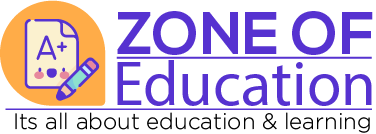
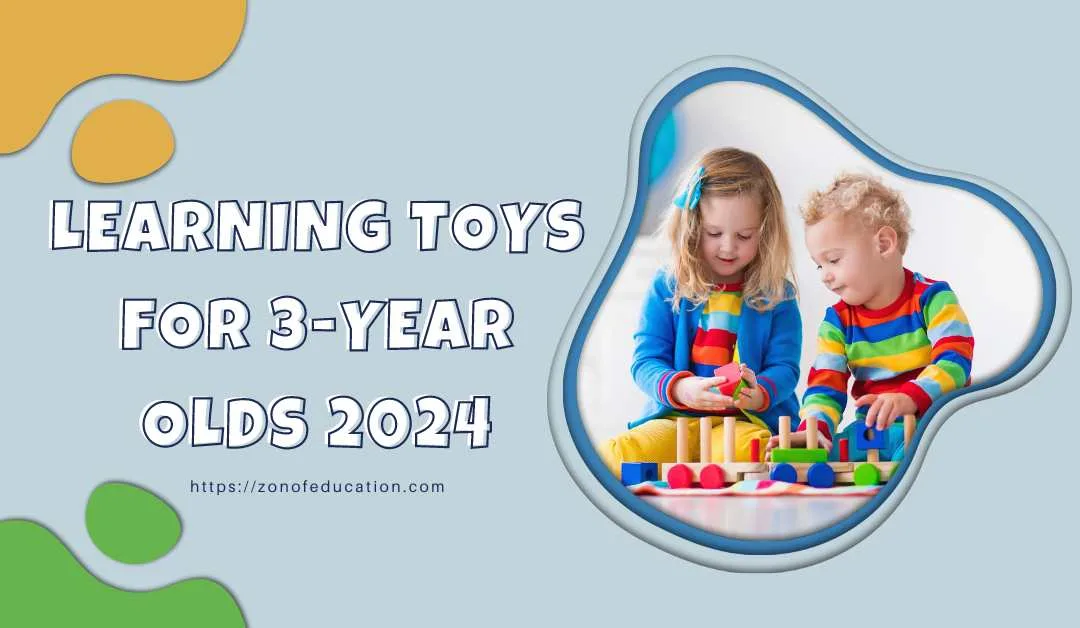











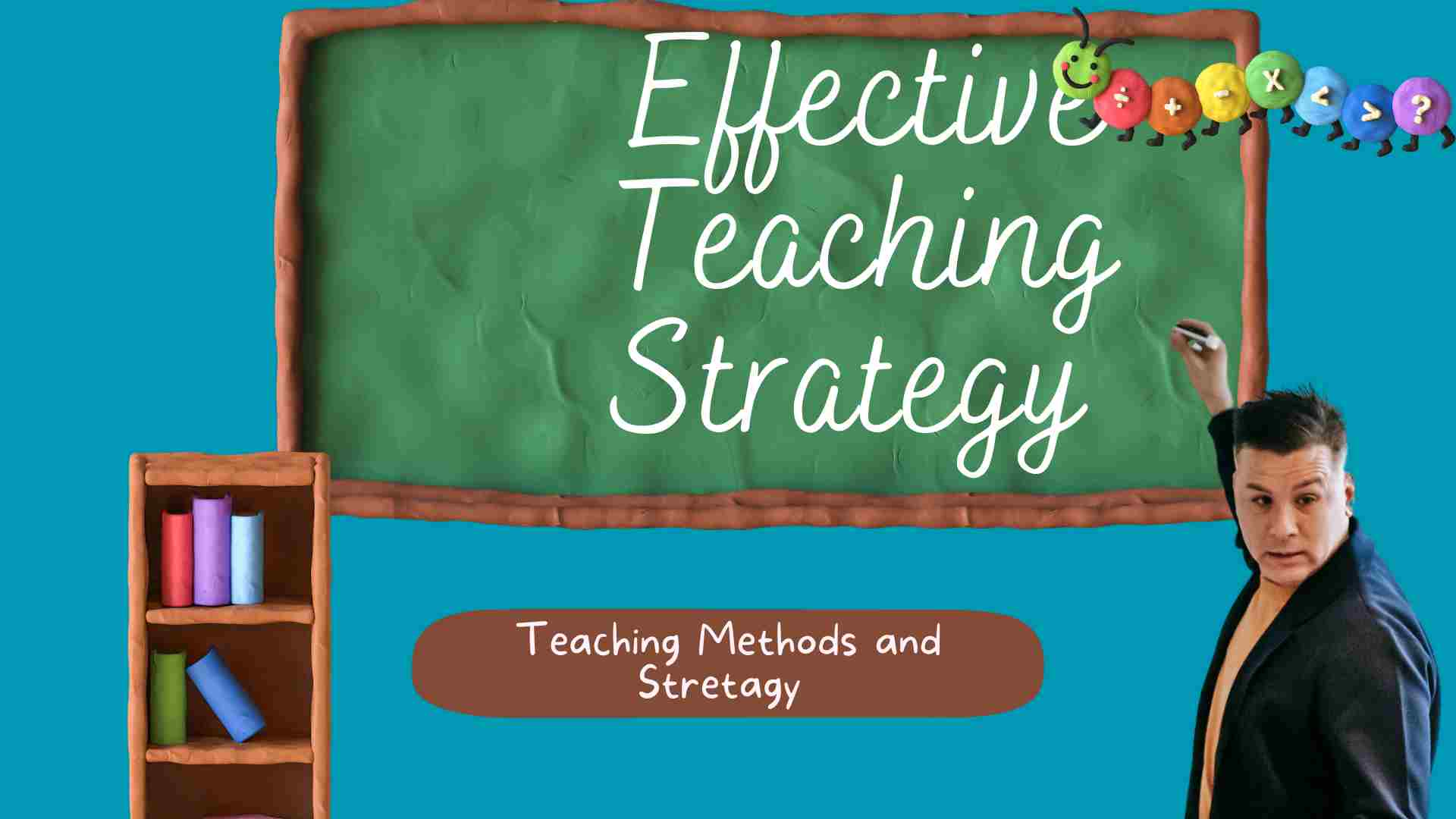
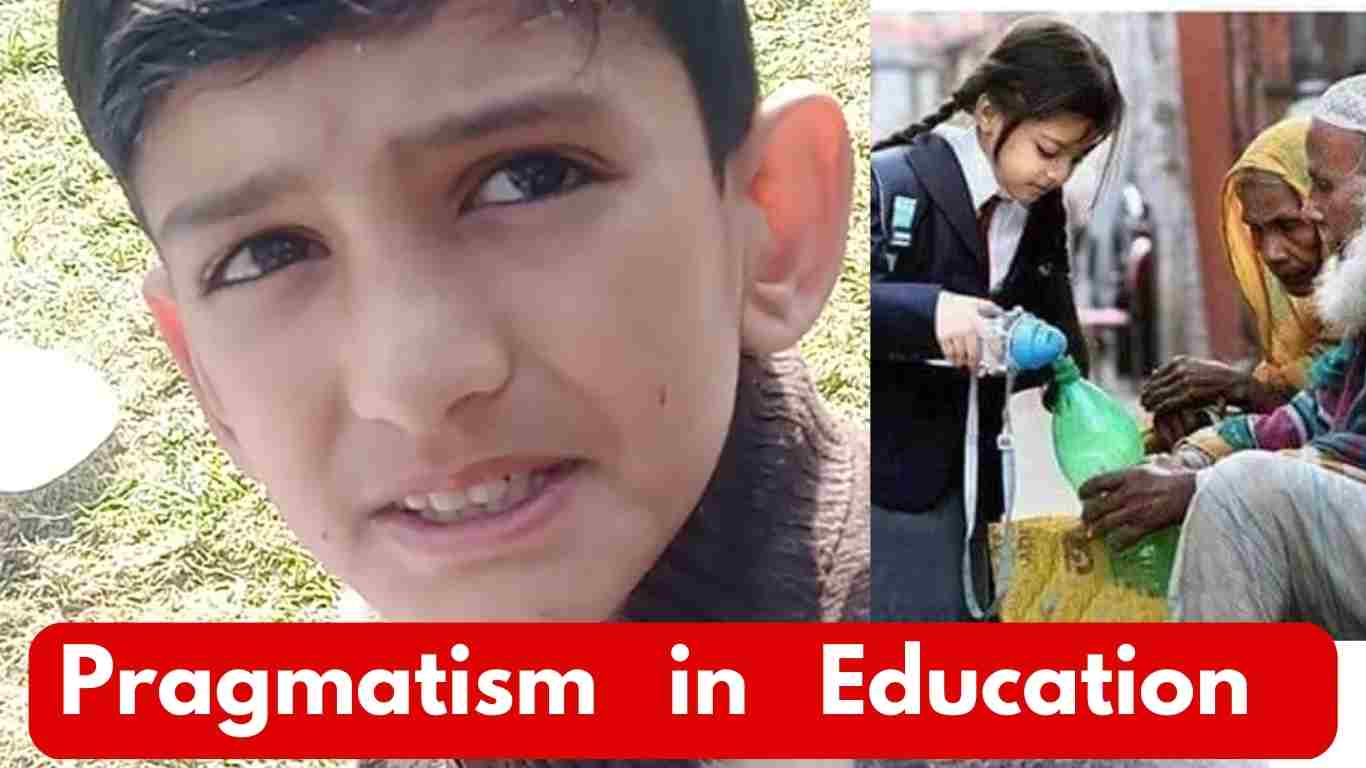
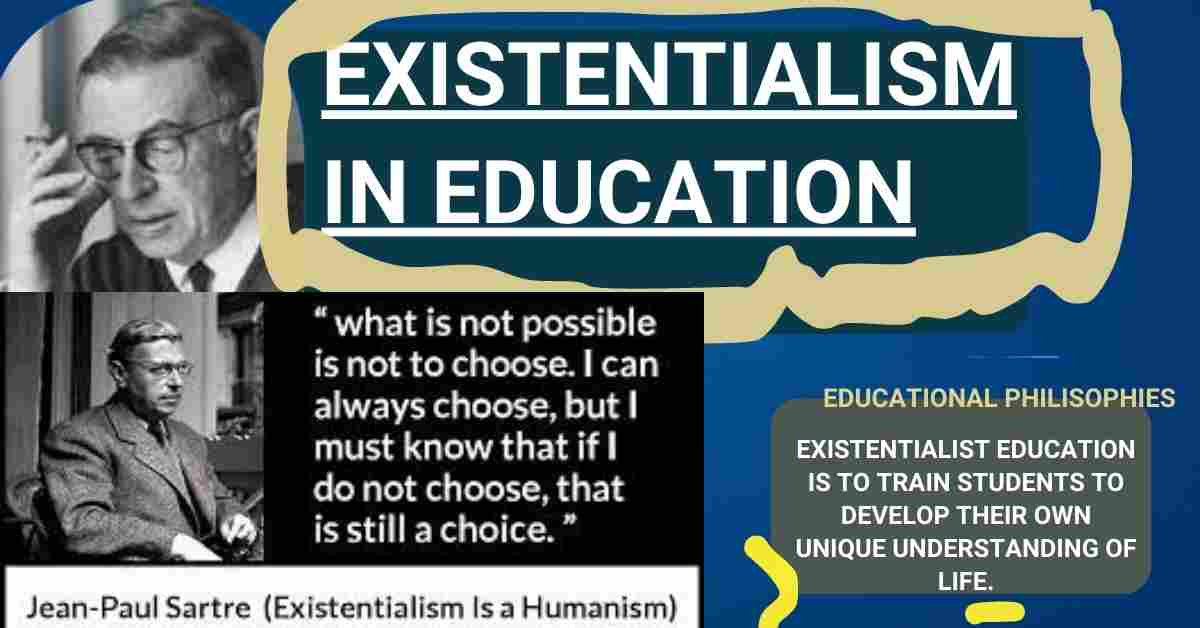

[…] learning has emerged as a transformative approach in education, placing the learner at the heart of the instructional process. By shifting the focus from the […]
[…] Self-Assessment Tools: Empowering students to reflect on their learning journey fosters deeper self-awareness and ownership of their education. This can involve self-evaluation rubrics, journals, or goal-setting exercises. By encouraging […]
[…] By allowing students to earn points, unlock achievements, and progress at their own pace, educators can cater to diverse learning styles and interests, ensuring that each student feels challenged and supported in their learning […]
[…] is the ability of educators to effectively communicate the subject matter to their students. Educational psychology offers valuable insights into the mechanisms of learning, shedding light on the diverse cognitive processes involved in knowledge acquisition. Understanding […]
[…] skills and knowledge for future employment. By equipping students with the expertise they need, education plays a crucial role in shaping the workforce and fostering economic […]